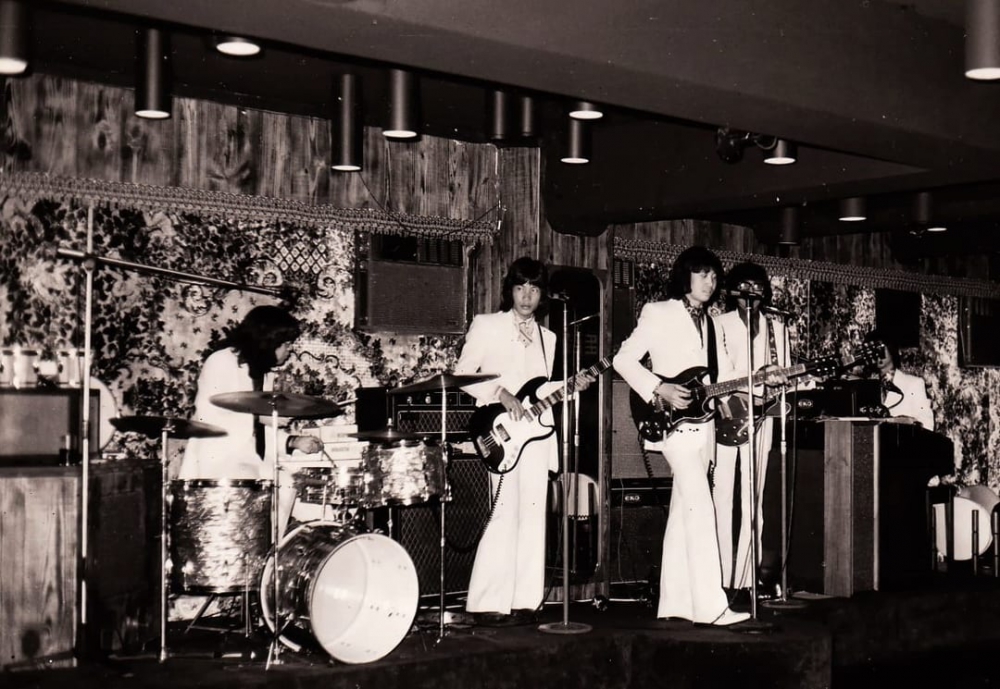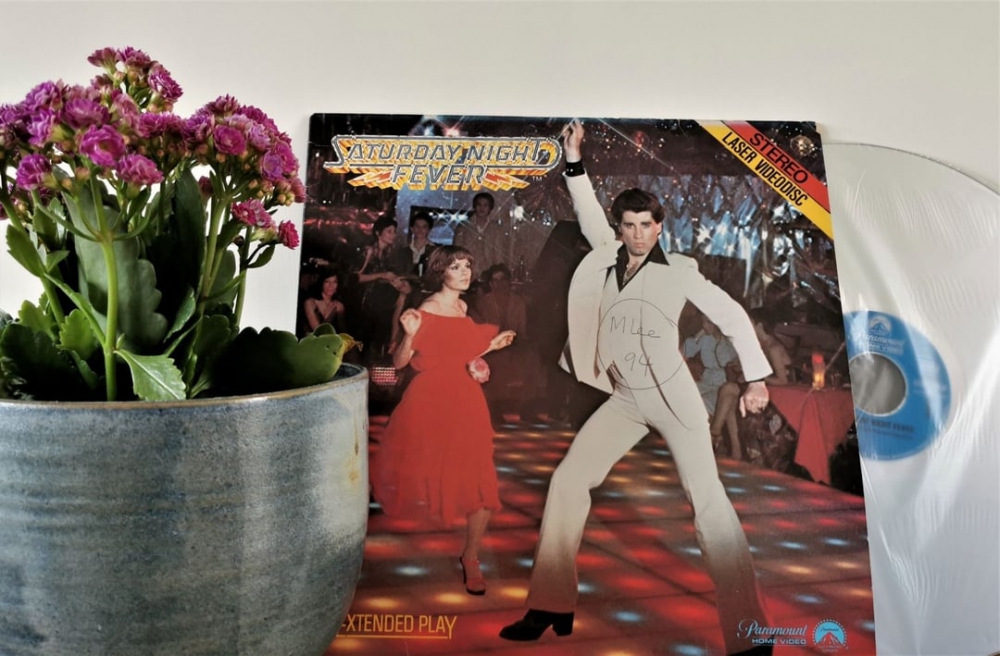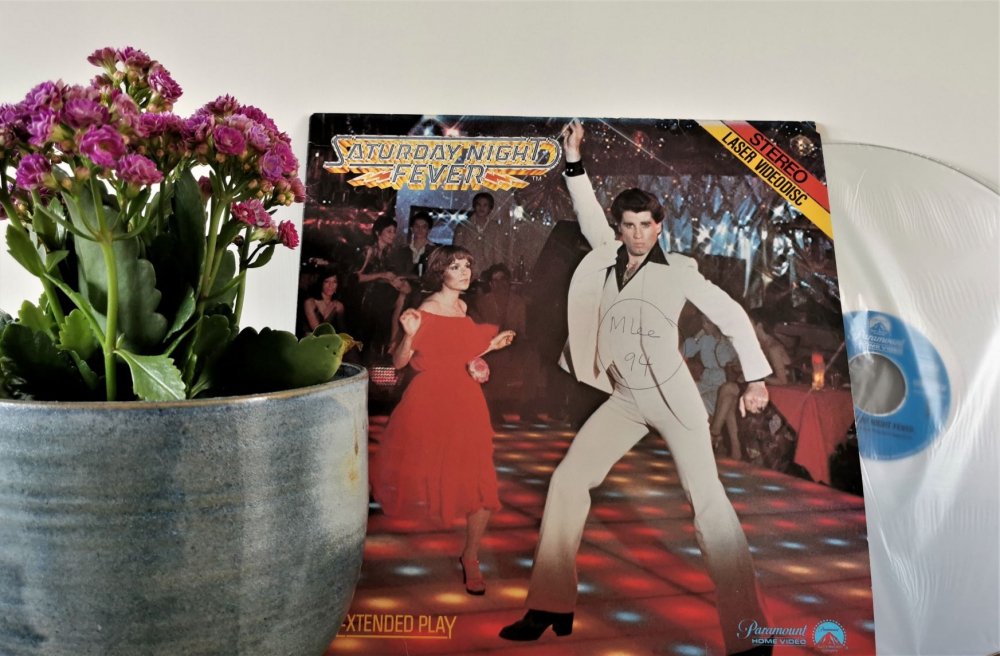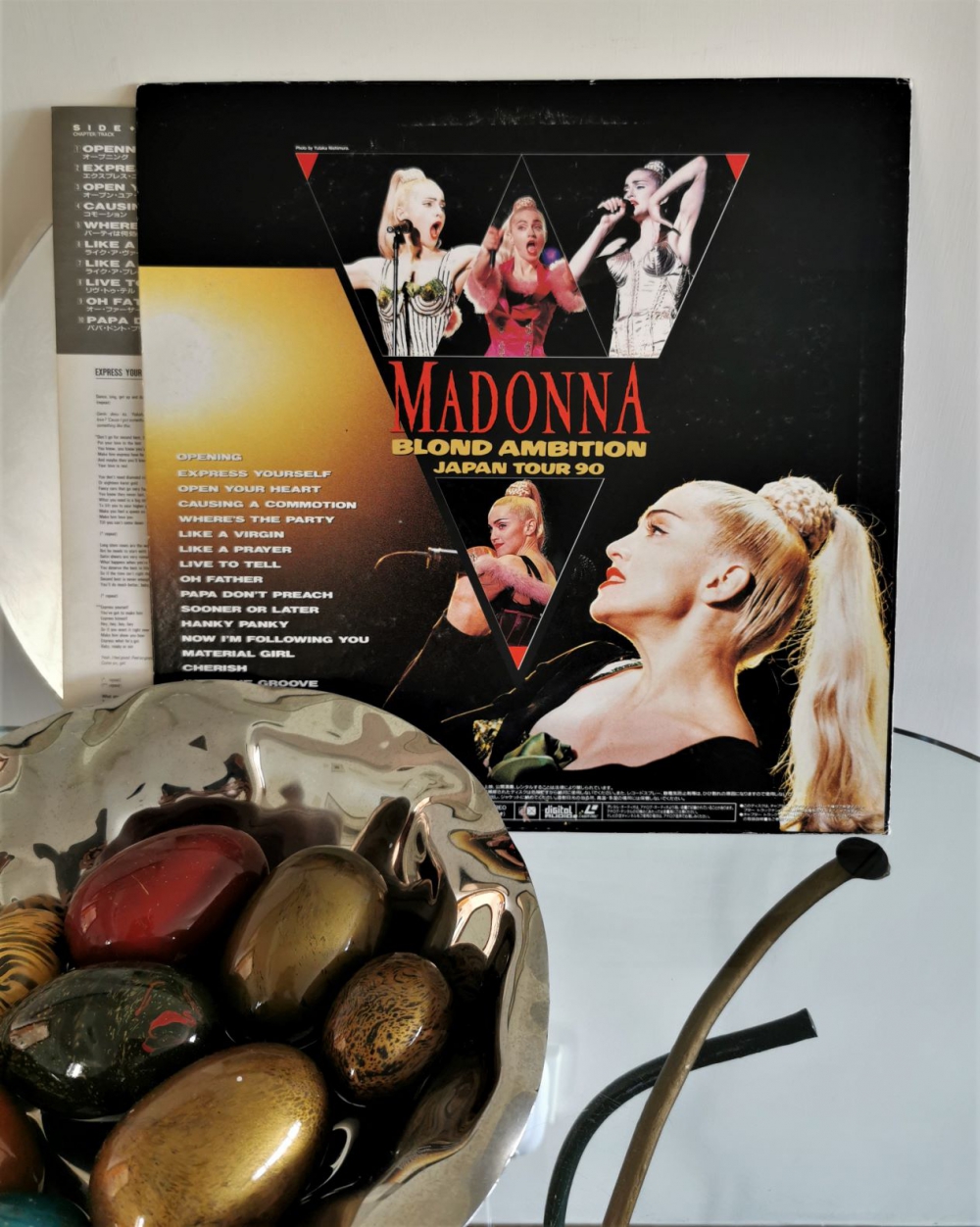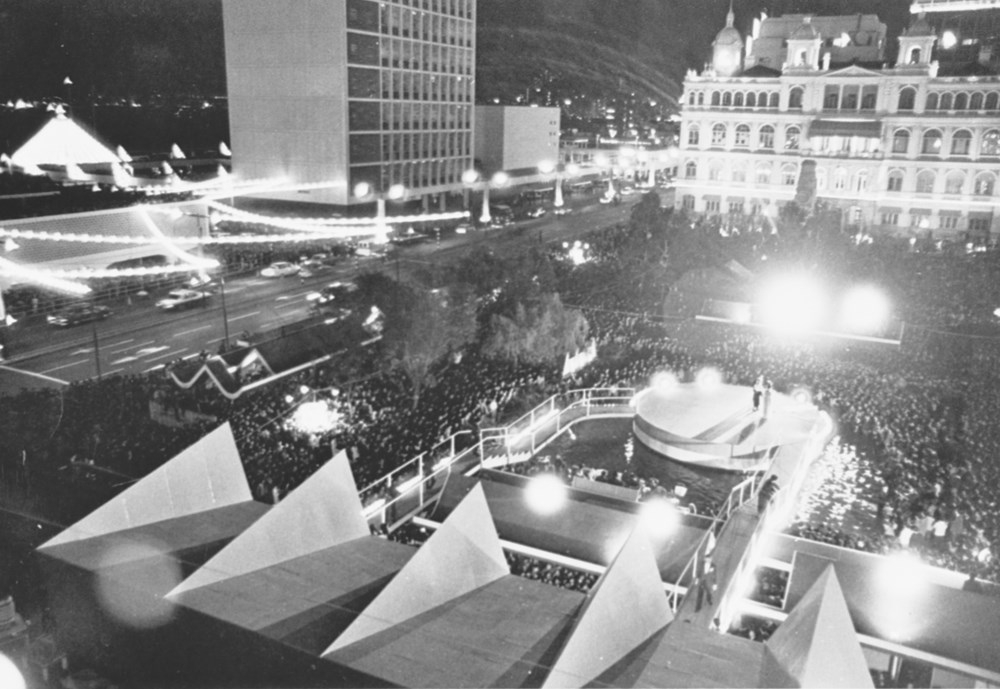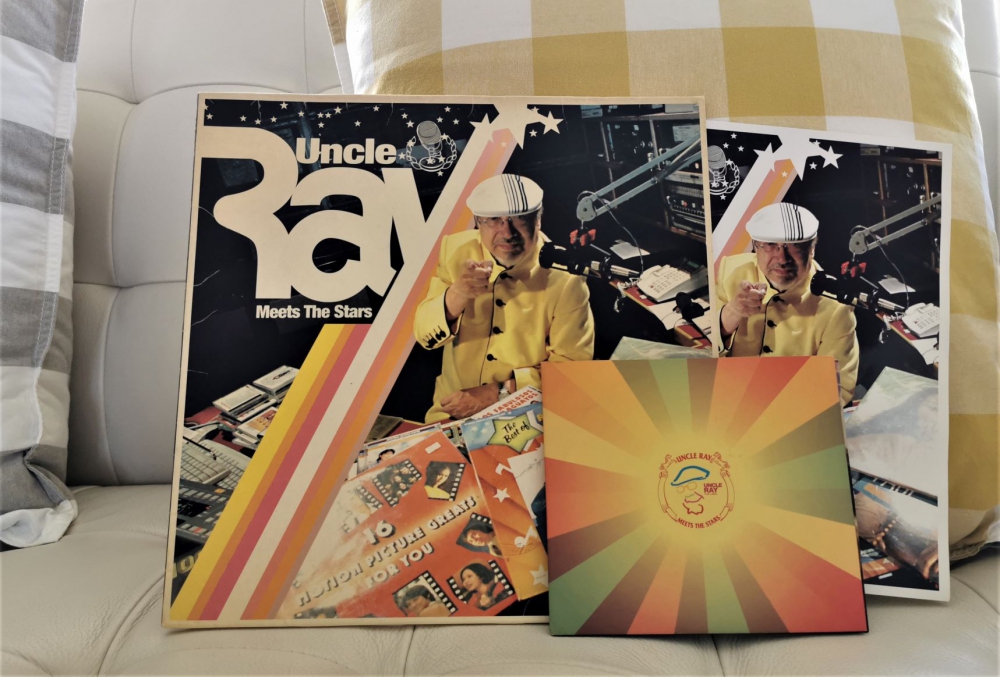Hey! Grooving On The Dance Floor In Hong Kong In The 1960s & 1980s
Dance is a box of Vosges Haut-Chocolat that brings people together with 7 joys: music, body movement, drama, artistic beauty, creativity, passion and costume ideas. The side effect of dance, particularly intimate form, is love which may arrive at a sweet marriage of a pair of partners. People may dance for money, like stage dancers and nightclub girls. Nobody will dance together when they are enemies. In some countries, dance is a political show for demonstrations.
What generation is better than 1980s that one can ask for? In the 80s, songs were different flowers grown from the same garden: dance. To quote the ‘Queen of Pop’ Madonna as an example, she created different styles of dance to match her tunes Holiday, Like a Virgin, Material Girl, Papa Don’t Preach and Vogue, all chart-toppers of the world. The irresistible beat of her craved dances would get you off the seat, groove, flirt and swing. It was the magic and power of dance in the 80s.
Music in the 80s ran through the trends and eventually into great discos in Hong Kong which gave us timeless memories. They, more than 20, included Canton, Hollywood East, Disco Disco, JJ, Hot Gossip, Apollo 18, Manhattan and Talk of the Town. All deaths are now certain although the dying of disco was gradual during the 1900s in 4 major districts: Causeway Bay, Wan Chai, Central and Tsim Sha Tsui.
In the 80s, fitness centres were known but not popular. We made up for the way our body looked by dancing. People danced on Friday, Saturday and Sunday nights. Only 3 species enjoyed an immortal crown in a disco: the disc jockeys, disco divas who sometimes might be men and celebrities. For the ordinary-looking ones, we were not shy but anxious not to be compared. We were ignored on the dance floor anyway. Emotional proximity creates love. I was only a little kid in the 60s but I really felt close to the dance culture of another previous golden age: 1960s. In the 80s, we danced in whatever way we liked——it is a truly free-spirited decade. Young people in the 60s, as I was told, often danced tidily in groups instead of being in pairs. In the 60s, anyone could join in on the dance floor. Dances were often associated with different songs. In some cases, the lyrics of a song instructed people how to swing their body. Popular dances are mostly simple physical movements, but if at high speed, they could cause you to collapse. New dance fads appeared almost every month and did not last long. Dances got funny names and some were animal-related: The Chicken, The Pony, The Dog, The Swim, The Mashed Potato, The Hully Gully, The Jerk and The Twist.
In the 60s, there were 3 places to dance in Hong Kong: nightclubs, dance restaurants and weekend dance parties. A nightclub was distinguished from regular bars by the inclusion of a stage for live music by a band and a dance floor. Customers sat at tables in front of the stage and food was often served. Professional singers performed with the band. Nightclubs were for the affluent. The famous ones were such as Eagle’s Nest, Cactus and Ritz. Dance restaurants are simple and normal restaurants providing Hong Kong-style western food in the daytime. In the evening, a dance floor was created but the restaurant usually did not provide a band. Record player equally stimulated the live audiences with music. Such places catered for salaried men. The most famous dance restaurants were Ruby(紅寶石) and Loong Kee(龍記). Weekend dance parties were for the students and youngsters. It was an attempt for them to defy school and parental authority. Girls could show off their legs in a miniskirt and platform heels at the parties. Organizer rented a hall from community places such as YMCA, Caritas Centre and Scout Association on Saturdays and Sundays. They paid HK$200 to HK$300 to get a band. Admission fee was about HK$10 but girls, as in scarce supply at that time, needed no ticket. Simple audio equipment was installed but one should not expect any effect lighting. Boys and girls could quench their thirst with a large glass of cola or orange juice. No beer. No cupcake. No hanky-panky. The pop songs played were foreignly from The Rolling Stones, The Beatles and Cliff Richard, or locally from The Lotus, Teddy Robin & the Playboys and The Big Rubber Band. In the 60s, a set lunch costed HK$3 and so a young man had to skip 3 meals in order to dance.
While originating as a labour dispute, the social tensions in Hong Kong in 1967 later grew into large scale riots. When the unrest was over, government knew that the negative energy of the young would be dangerous if it could not be redirected to something else. So, one of the solutions was dance. Government held dance parties on the rooftop of a pier in Central and Victoria Harbour public ferries. The results were nothing short of a miracle as Hong Kong faced no more youth unrest afterwards.
Hong Kong is one of the most expensive cities and rents are now outpacing business profits. Dance places which usually took over a large area have been gradually wiped out since the 2000s. We pity the young people in the 2000s as they no longer get a kick out of the dance culture which we used to enjoy. “We dance for laughter, we dance for tears, we dance for madness, we dance for fears, we dance for hopes, we dance for screams, we are the dancers, we create the dreams. ”

